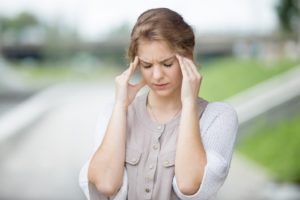Difference in men and women’s sleep apnea
Aug. 12, 2016
When it comes to obstructive sleep apnea, men and women often experience varying symptoms. While men often report symptoms such as snoring, waking up gasping for air or snorting, many women report symptoms like fatigue, anxiety and depression. Of course, some women also experience shortness of breath and snoring too, but, in many cases, the telltale signs of sleep apnea in females may not be as obvious.
Research has also documented sex differences in the upper airway, fat distribution and respiratory stability in OSA. Women with conditions such as anxiety and depression, and have increased mortality risk since OSA have greater endothelial dysfunction compared with men. These women are more likely to develop comorbid women with sleep apnea are more profoundly affected in the areas of the brain that regulate mood and decision-making.
Women are less likely than men to be diagnosed with obstructive sleep apnea as well. Women experience shorter obstructive events and are prone to more upper airway resistance and flow limitation. Women also have predominantly REM-based (deepest stage of sleep) events and experience more arousals from sleep. Women tend to have less severe OSA than males, with a lower apnea-hypopnea index (AHI) and shorter apneas or hypopneas. Episodes of upper airway resistance and flow limitation that do not meet the criteria for apneas are more common in women. Women’s dominant sign and symptoms of OSA are headaches, depression/anxiety and mood disturbances. Therefore, sleep apnea in women is commonly mistaken for depression, hypertension, hypochondria or other disorders.
In general women require lower CPAP pressure than males as well. If you couldn’t tolerate the pressure and failed CPAP therapy, contact Cansleep and start the trial over for a more precise pressure titration that meets your needs.
By Bahareh Ezzati (BSc, CPhT, RRT)






